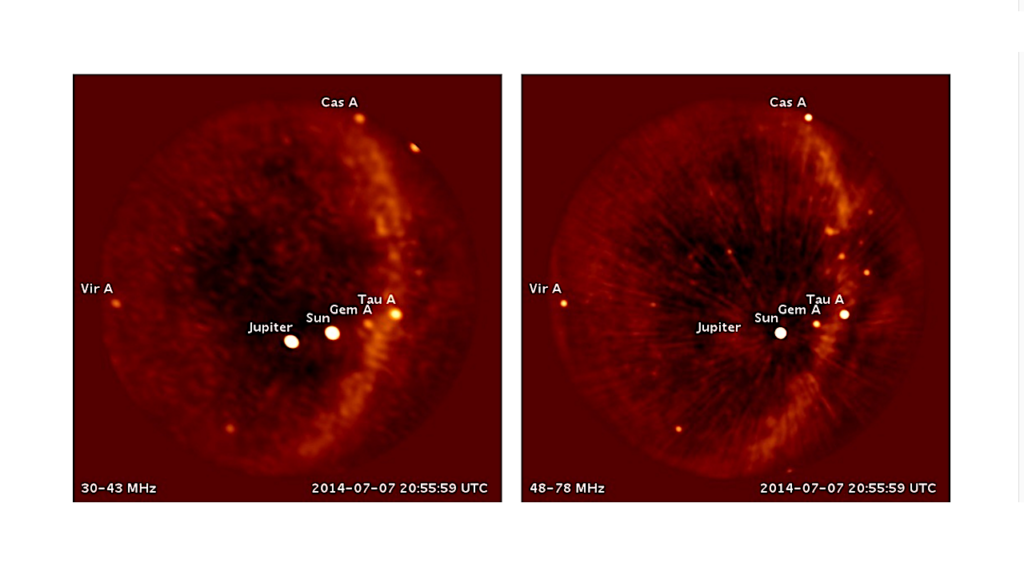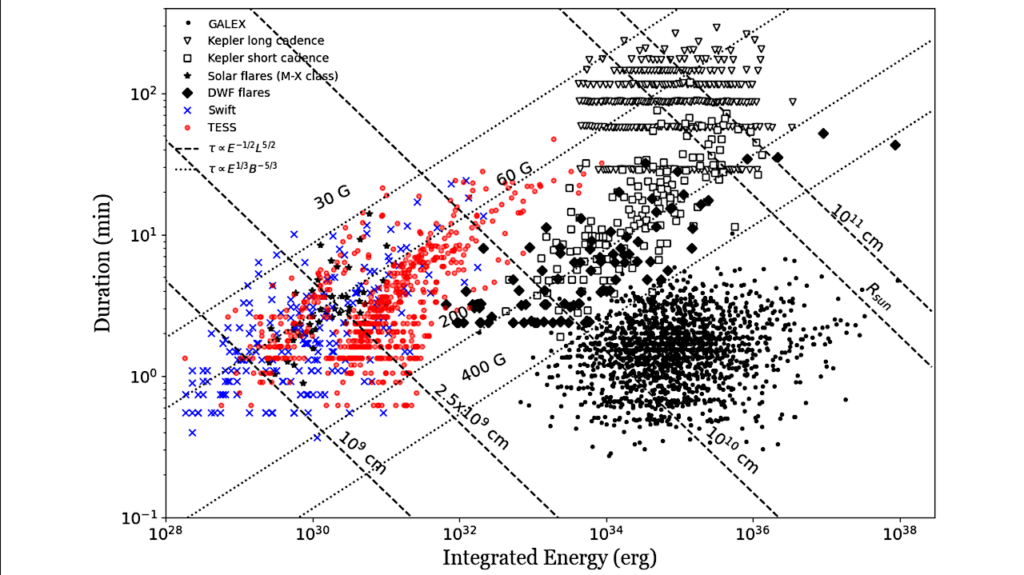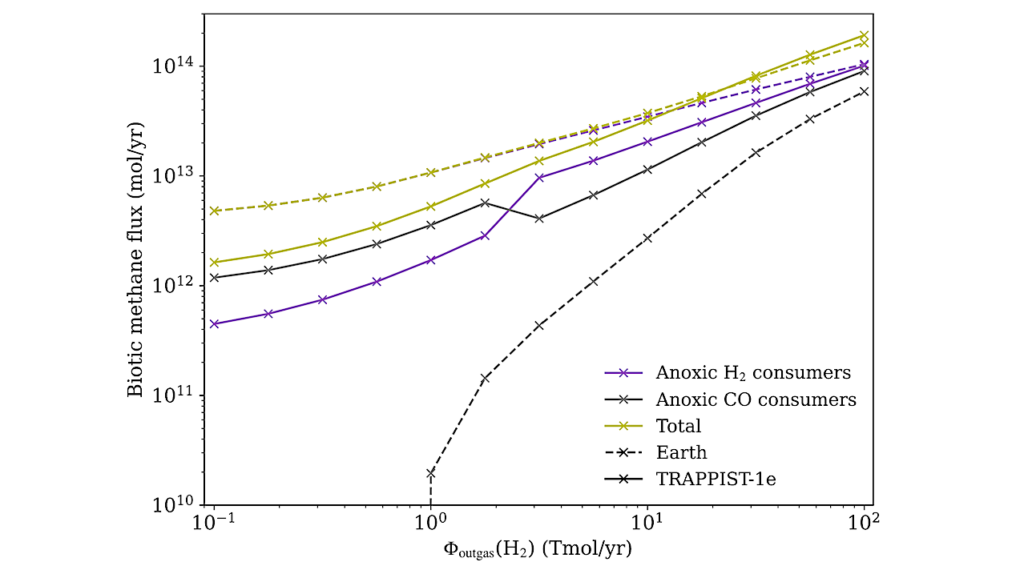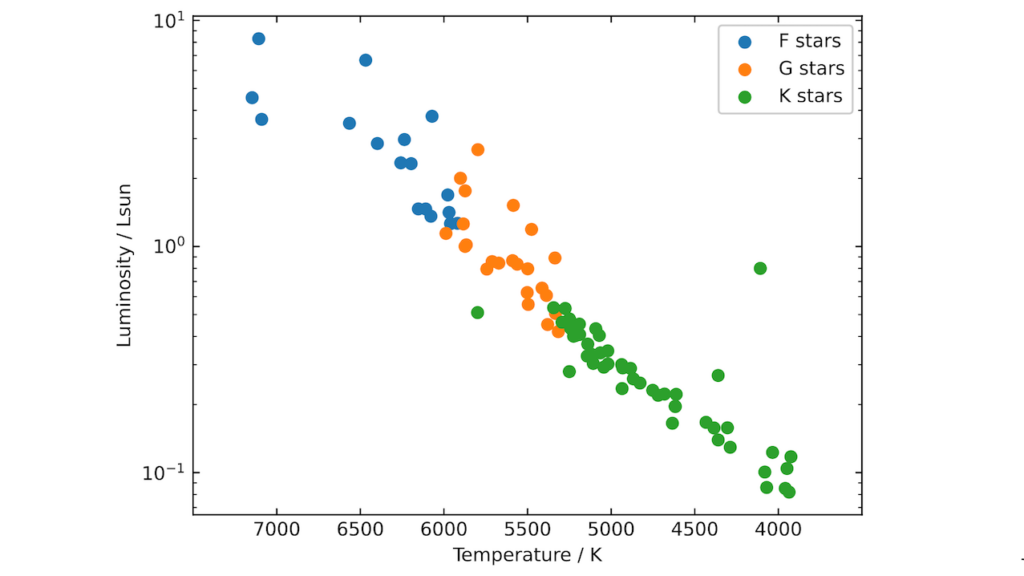A Limited Habitable Zone For Complex Life

The habitable zone (HZ) is defined as the range of distances from a host star within which liquid water, a key requirement for life, may exist at a planet’s surface. Substantially more CO2 than present in Earth’s modern atmosphere is required to maintain clement temperatures for most of the HZ, with concentrations of several bars required at the outer edge.
However, most complex aerobic life on Earth is precluded by CO2 concentrations of just a small fraction of a bar. At the same time, most of the HZ volume resides in proximity to K and M dwarfs, which are more numerous than Sun-like G dwarfs but are predicted to promote greater abundances of CO in the atmospheres of orbiting planets, a highly toxic gas for complex aerobic organisms with circulatory systems. Here we show that the HZ for complex aerobic life is significantly limited relative to that for simple microbial life. We use 1-D radiative-convective climate and photochemical models to circumscribe the Habitable Zone for Complex Life (HZCL) based on known toxicity limits for a range of complex organisms.
We find that for CO2 tolerances of 0.005-0.05 bar, the HZCL is only ~20-28% as wide as the traditional HZ for a Sun-like star and that CO concentrations may limit complex life throughout the entire HZ of the coolest M dwarfs. These results cast new light on the likely distribution of complex life in the universe and have important practical ramifications for the search for exoplanet biosignatures and technosignatures.
Edward W. Schwieterman, Christopher T. Reinhard, Stephanie L. Olson, Chester E. Harman, Timothy W. Lyons
(Submitted on 13 Feb 2019)
Comments: 16 pages, 5 figures, 5 tables, submitted to AAS journals
Subjects: Earth and Planetary Astrophysics (astro-ph.EP)
Cite as: arXiv:1902.04720 [astro-ph.EP] (or arXiv:1902.04720v1 [astro-ph.EP] for this version)
Submission history
From: Edward Schwieterman
[v1] Wed, 13 Feb 2019 02:56:36 UTC (1,353 KB)
https://arxiv.org/abs/1902.04720
Astrobiology








